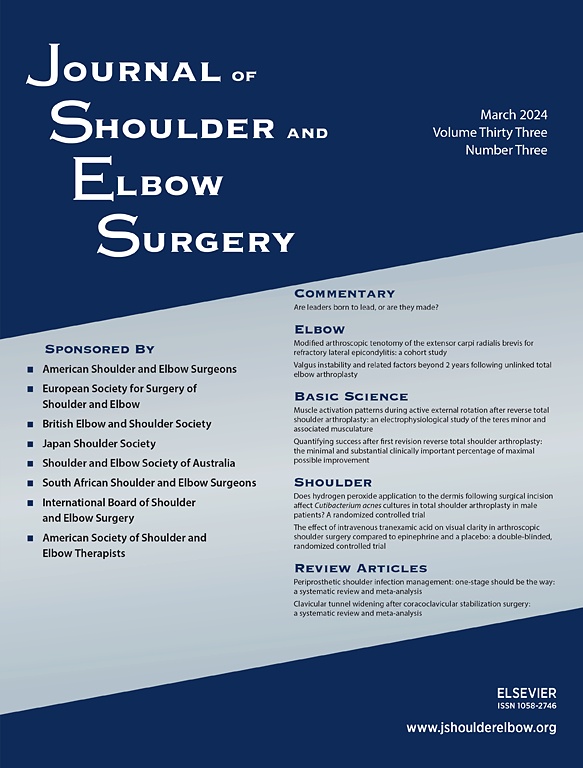
No benefit of compressive cryotherapy vs ice for managing pain after shoulder arthroscopy

No benefit of compressive cryotherapy vs ice for managing pain after shoulder arthroscopy
Compressive cryotherapy versus ice-a prospective, randomized study on postoperative pain in patients undergoing arthroscopic rotator cuff repair or subacromial decompression
J Shoulder Elbow Surg. 2015 Jun;24(6):854-9OE EXCLUSIVE
Dr. Matthew J. Kraeutler discusses the use of compressive cryotherapy versus ice following shoulder arthroscopy
Synopsis
57 patients were randomized to receive either compressive cryotherapy or cryotherapy alone in this randomized study. The purpose was to determine if compressive cryotherapy reduced pain and analgesic consumption compared to a standard ice wrap over the first week after shoulder arthroscopy for rotator cuff repair or subacromial decompression. Results indicated no significant differences between gr...
To view the full content, login to your account,
or start your 30-day FREE Trial today.
FREE TRIAL
LOGIN
Forgot Password?
Explore some of our unlocked ACE Reports below!

Learn about our AI Driven
High Impact Search Feature
Our AI driven High Impact metric calculates the impact an article will have by considering both the publishing journal and the content of the article itself. Built using the latest advances in natural language processing, OE High Impact predicts an article’s future number of citations better than impact factor alone.
Continue



 LOGIN
LOGIN

Join the Conversation
Please Login or Join to leave comments.